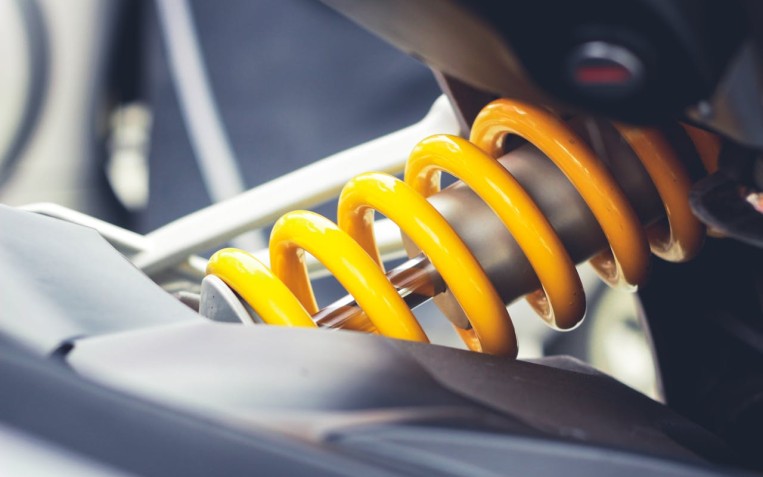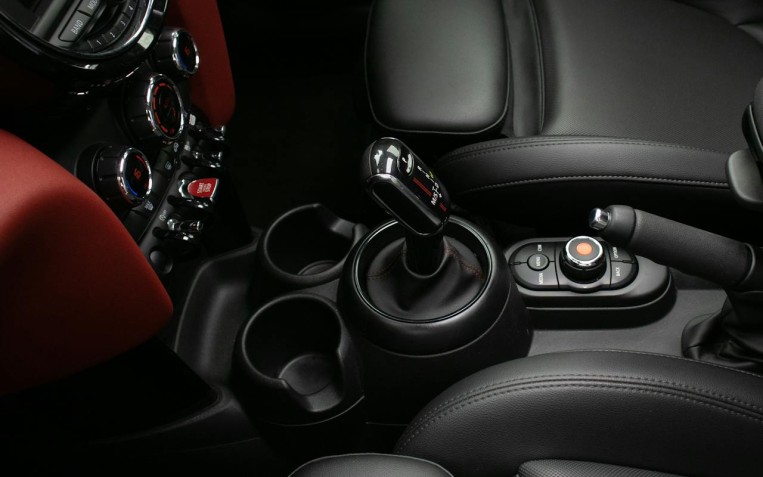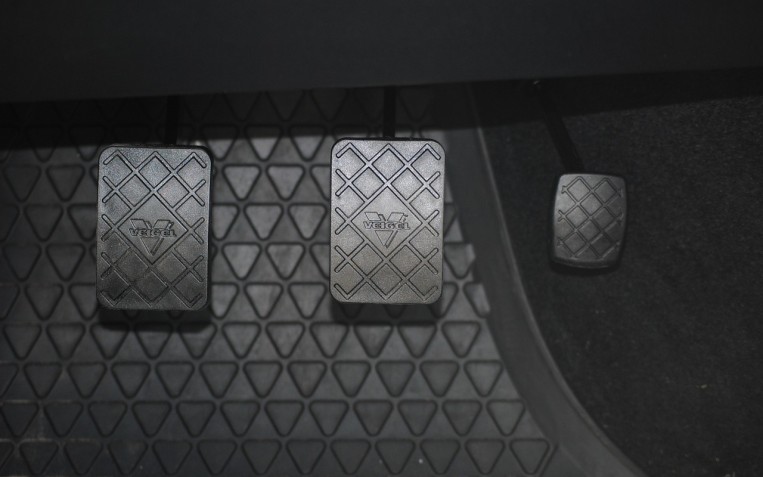Environmentally Friendly Driving Techniques

Emissions from your vehicle can lead to global warming and other environmental problems, but you have the power to reduce your carbon footprint.
This guide includes green driving techniques that are not only better for the environment, but can help you save fuel, as well as some top maintenance tips to keep your vehicle functioning in the most environmentally friendly way possible.
Green Driving Techniques
- Go steady - driving in general naturally uses energy, including acceleration, shifting gears and braking. However, a top tip for more fuel-efficient driving is to keep your speed steady and consider using cruise control - especially on the motorway.
- Keep your distance - always maintain at least a 2-second distance between you and the vehicle ahead. This means that you won't need to brake harshly to come to a sudden stop, using less energy and staying safer, too!
- Accelerate gently - don't fully apply the accelerator at all times. A great way to be more environmentally friendly driver is to gently accelerate up to your desired speed, and reduce this speed when required.
- Two gears - changing two gears at a time, for example, moving from gear 2 to 4, is a fuel efficient and eco-friendly driving technique!
- Take it slow - the most fuel-efficient speed to travel in a car is between 55-65 mph. Travelling at speeds above 70 mph is proven to be not as environmentally friendly - so try and keep your speed a bit lower to save fuel, especially on long journeys.
- Switch off - to save fuel, on roads you know well and if it's safe to do so, you can switch off your engine at red lights that last more than 20 seconds. Some vehicles have an automatic stop/start component which operates to save fuel and is more beneficial for the environment.
- Close windows - leaving windows open when you're driving at high speeds can increase drag and leave you burning up unnecessary fuel.
- Air conditioning - using air conditioning also consumes more fuel, which is something to consider on a warm day. Learn more about air conditioning tips to reduce your fuel consumption from our guide.
Eco-Friendly Vehicle Maintenance
- Tyres - make sure your tyres are not damaged, and that they are inflated to the recommended PSI at all times. Unhealthy tyres can cost you money in fuel expenditure and increase carbon exhausts. To ensure your driving is as eco-friendly as possible, check out PTA's helpful tyre advice and information.
- Oil - the type of oil that you choose for your vehicle largely affects the performance and efficiency. Check with PTA if your oil choice could be optimised!
- Service regularly - ensuring your vehicle is regularly serviced is another great way to protect the environment. This helps the vehicle drive much smoother and more efficiently - as, when neglected, the fuel consumption can largely increase. Ensure your vehicle is serviced by booking in at your nearest PTA garage today.
Now you know more about driving techniques to save fuel, check out some more driving tips, to keep you safe (and green) on the roads. Book in at your local PTA garage to have your vehicle properly serviced and maintained, or get in touch with our experts now.
Related Content

Should I have soft or stiff suspension springs for my vehicle?
Suspension springs are essential for maintaining your vehicle’s stability and ride height. Over time, the springs will succumb to wear and tear, which affects how your car handles, brakes and accelerates on the road. Discover whether you should...

What is engine braking?
Engine braking involves taking your foot off the accelerator pedal, allowing your car to slow down. Over time, the parts on your vehicle’s braki...

A guide to the different types of car clutches
The clutch is responsible for channelling the power from the engine, through to the gearbox, and the wheels. Your vehicle's clutch will differ dependi...

